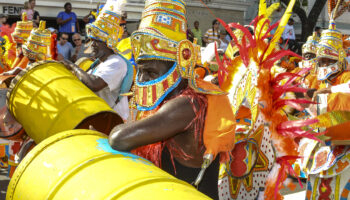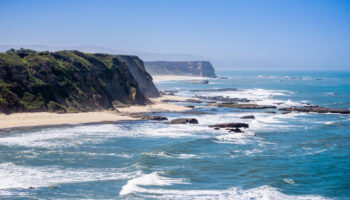Greece is home to thousands of islands and islets, 227 of which are inhabited. If you’re planning a trip to the country, choosing which to visit can feel overwhelming. Each has its own appeal, with everything from famous islands on the bucket lists of countless travelers like Santorini and Mykonos to hidden gems for experiencing a more authentic side of the country.
When planning my first trip, I knew I wanted to experience Santorini but as I’m not fond of crowds, I decided to limit my time there and stay on Naxos longer, which turned out to be a great decision. Since then I’ve managed to explore many islands in Greece catering to a variety of interests. Some are ideal for beach lovers with miles and miles of sandy shores while others are more suitable for history enthusiasts and some are perfect for party animals who want buzzing nightlife.
To help you plan your next vacation, here’s a look at the best islands to visit in Greece with an enticing destination for nearly every type of traveler.














